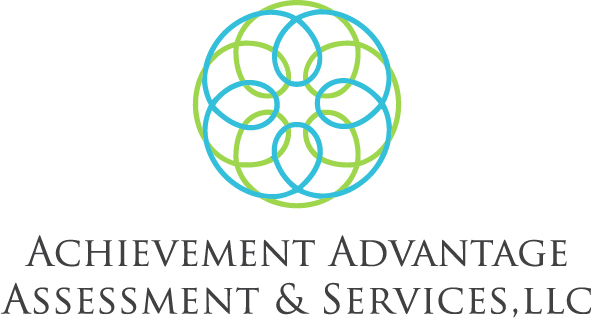Now that we discussed tips for beginning an exam, this week we will be delving into different types of test questions. Exam questions typically fall under two types: objective and subjective. This week, we will focus on objective exam items. On objective test questions, there is one correct answer. These types of questions include True/False, multiple choice, matching, and fill in the blank.
True/False Test Items: True/False items can be basic and test your knowledge of facts, but they can also be more complex and require you to demonstrate your ability to apply what you have learned. It is important to carefully analyze several components within these types of questions. You should always trust your own knowledge of material based on what you have studied and learned, but the following considerations may make it easier when you have doubts.
Modifiers. Modifiers describe the statement and can give you a clue as to whether the answer is true or false. Absolute modifiers tend to be false. These include words like never, only, always, etc. Qualifying modifiers, on the other hand, tend to be part of true statements. Qualifying words might include most, generally, often, etc.
Negatives. It is important to carefully read true/false statements and recognize if a negative is being used. While negative are usually small words within a sentence, their impact is huge. Negatives such as not, cannot, and other prefixes like dis-, un-, non-, etc. completely change the meaning of a statement. Additionally, using two double negatives an make a true/false item even more complex to understand. It is helpful to underline all negatives so that you can make sure you are clear about what the statement is saying.
Strings of Items. When there is a list of items within a true/false item, underline each item in the list and determine whether all of the items are true or false. For example, even if just one listed item is false, then the entire item is false.
Multiple Choice Test Items: Multiple choice items, where you are given multiple options and you have to choose the best one, is one of the most commonly used test formats in post-secondary education. You must be well prepared, read, and carefully consider what the question is asking and which response is the most appropriate.
True/False. True/False questions can be made into multiple choice items. An example of this type of question could be, “Which of the statements below are false…” In this case, use the strategies listed above for true/false test items, eliminating items that are clearly true.
Modifiers. Much like True/False items, options using qualifying modifiers are much more likely to be correct than those using absolute modifiers. As you read through your choices, cross out items that clearly do not make sense as well as items that use absolute modifiers in a way that makes the response false.
Numbers. When all choices are numbers (like percentages, years, height, etc.), the correct option is usually less likely to be the extreme number.
Decoys. When taking any assessment, make sure to carefully consider all your options. It is not uncommon to put incorrect responses into multiple choice items. If you do not look carefully, you may choose the incorrect answer first without fully considering your options.
Matching Test Items: Matching items usually require you to match a word to a definition or idea.
Make sure to read the directions for this portion of the assessment carefully. Often, items can be used only once, but sometimes the instructions indicate that they can be used more than one time.
Match items that you are certain of first.
If you can only use an item once, make sure to cross out all of the items that you have already used.
These tips about objective assessment items are not meant to replace good study strategies. The only way to do well on an assessment is to properly prepare, but this information should help you critically analyze your test items. If you truly don’t know the right answer on an item after you have gone through these different strategies, skip it and come back to it if you have time at the end of the exam. Next week, we will cover test-taking strategies for objective assessment items.

